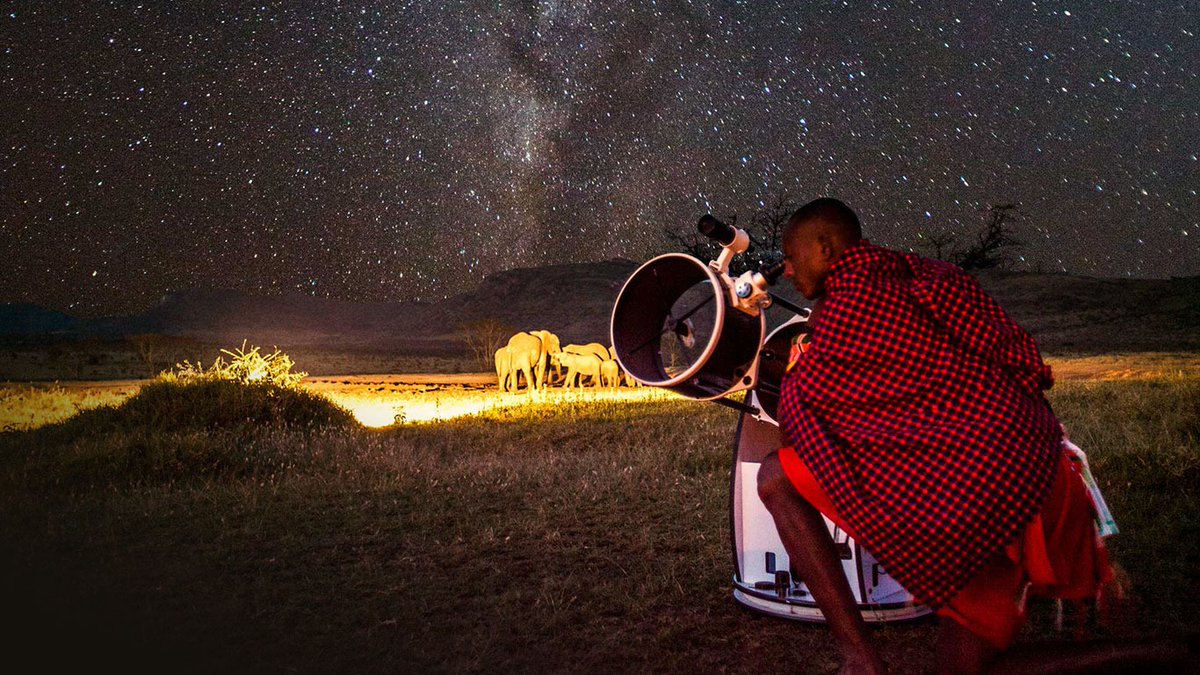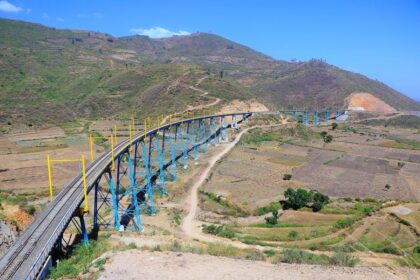At a Glance
- Kenya launches the first astro-tourism hub in Samburu with a rare blood moon event.
- Samburu’s pristine skies rival Chile, Namibia, and Canary Islands for stargazing tourism.
- Indigenous culture blends with astronomy, creating sustainable, community-driven tourism in Kenya.
Kenya is betting big on astro-tourism to diversify its travel economy, with Samburu set to host the country’s first dedicated stargazing and astronomy tourism experience on Sunday, September 7, 2025.
The launch is timed to coincide with a rare total lunar eclipse—a blood moon visible for 82 minutes from 8:30 p.m.—marking a symbolic debut for Kenya’s entry into the fast-growing global astronomy travel market.
The initiative reflects Nairobi’s push to expand beyond the traditional Big Five safari circuit by investing in high-value niche tourism segments such as stargazing expeditions, astrophotography tours, and astronomy education.

Kenya positions Samburu as Africa’s Astro-tourism frontier
With its pristine night skies, low light pollution, and prime equatorial position, Samburu National Reserve is being positioned as a top contender against established stargazing destinations in Chile, Namibia, and the Canary Islands.
Officials say the location offers unmatched views of the Milky Way, meteor showers, and constellations year-round, giving Kenya tourism a competitive edge in the global adventure travel sector.
The new astro-tourism package will feature guided night-sky tours, astrophotography safaris, astronomy workshops, and immersive starlit camp stays.
By pairing scientific exploration with eco-tourism, the government hopes to create a model that boosts both conservation and community-driven tourism.
Indigenous culture meets astronomy under Samburu skies
What makes Samburu unique is the integration of indigenous heritage into astronomy tourism. Local communities will share how their traditions interpret constellations, offering a cultural storytelling experience that blends science with sustainability.
The inaugural event will be led by Tourism and Wildlife Cabinet Secretary Rebecca Miano at Sopa Lodge in Samburu National Reserve.
Additional blood moon viewing points include the Waterfront in Nairobi’s Karen district, The Landing in Nanyuki, Ileret Campus of the Turkana Basin Institute, and Fort Place Grill in Kiambu County.

Kenya’s tourism push beyond Safaris
Kenya’s government sees astro-tourism as a new frontier that could generate jobs for guides, artisans, and hospitality workers while drawing eco-conscious global travelers.
Officials project that the sector will not only diversify the country’s tourism economy but also attract new investment in conservation and infrastructure.
For astronomers, adventure seekers, and travelers looking beyond traditional safaris, the Samburu launch signals Kenya’s ambition to become a leading astro-tourism destination in Africa.
More than a stargazing event, it’s an invitation to experience the night skies of one of the world’s most untapped regions for space and astronomy travel.





